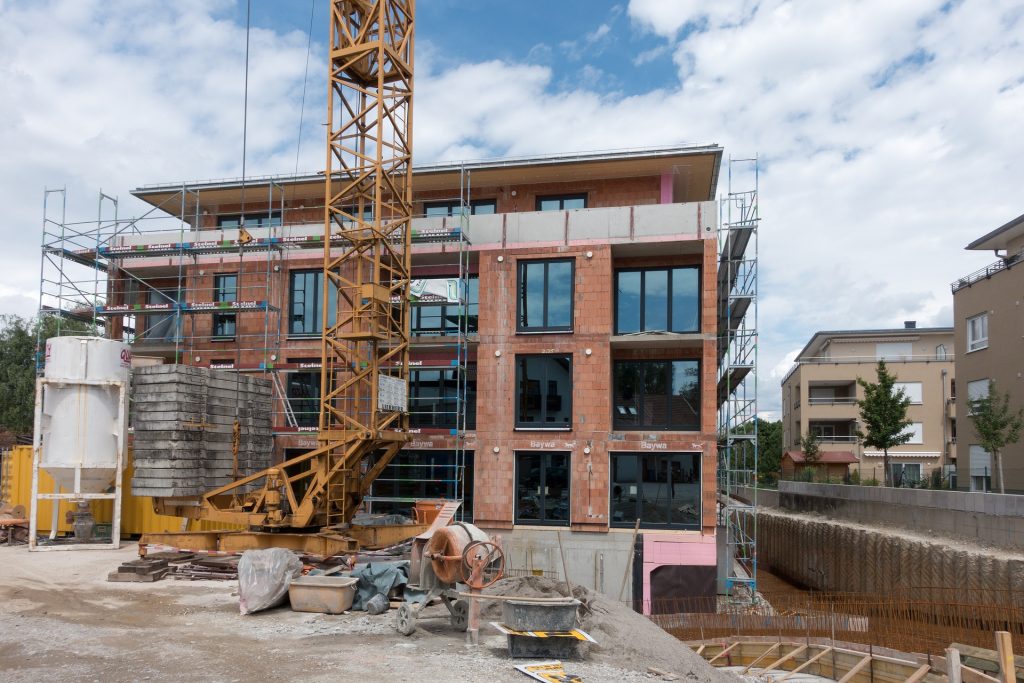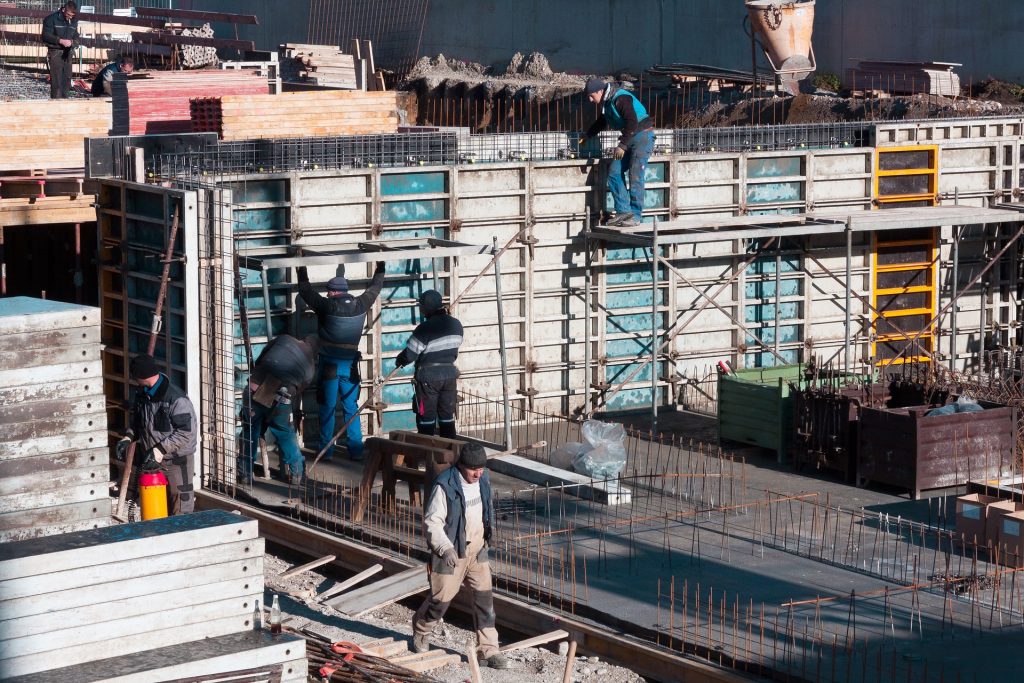3 Things to Keep in Mind About Selecting the Right Plywood for Concrete Formwork

3 Things to Keep in Mind About Selecting the Right Plywood for Concrete Formwork

Impressive structures like the San Diego library can achieve such greatness because of expert concrete formwork. This formwork isn’t possible without the use of structural plywood forming panels.
Contractors must select plywood for concrete formwork from companies like Doka Formwork Plywood to see the same high-quality result. There are some key variables to consider when choosing plywood, including plywood tolerance, grades, and textures. Here is a closer look at how these factors affect the final result.
Plywood Tolerance
The tolerance rating of plywood determines the allowable range of variation in thickness and length. Each type of plywood has a tolerance rating that helps determine how it can be used.
For example, the Voluntary Product Standard PS 1-09 states that structural plywood must have a tolerance of +0.0� and -1/16�. Overlaid Plyform panels have +/- tolerance of 1/32� for categories under 13/16. Sanded Plyform panels have a thickness tolerance of +/- 3% for Performance Categories above 3/4 and 1/64� of the panel thickness over 3/4.
The strict tolerance standards that plywood manufacturers must meet help reduce the time and effort spent building concrete forms. The construction workers on site should have a comprehensive understanding of these tolerances to create a perfect result.
Plywood Grades
Plywood is formed by gluing together multiple layers of wood. Each layer’s grain is placed perpendicular to the following layer. The quality and appearance of the outside layer of a sheet of plywood determine its grade, which also affects how it can be used. Concrete formwork should be done with only the most durable Plyform panels.
Plyform panels, rated as Class I, come in a wide range of durability and are made from the strongest veneers available. There are several Plyform panel options contractors can choose from, but the best for concrete formwork is B-B and B-C panels.
B-B and B-C Plyform panels are made with a B-grade veneer on their faces. B-B Plyform panels have B-grade veneer on the back, while B-C panels have a C-grade veneer on the back. Panels are sanded on both sides and available as either Class I or Structural I.
Mills typically treat these panels with a release agent, otherwise known as mill oil. If it has been a while since the mill oil application, panels may need another treatment. Contractors can typically get five to ten pours out of these panels.
Textures
Plywood comes in several surface textures, which range from patterned siding panels to perfectly polished HDO plywood. Contractors can create nearly any pattern by using these special panels.
In concrete formwork design, textured plywood with an exterior bond classification is applied in two ways. One way is as a basic forming panel, while the other is as a liner that requires plywood backing. When used as a liner, the plywood backing provides the structure, whereas the textured plywood is used just to create visual interest.

Final Thoughts
Maintained forming panels can significantly increase their life and performance. To do this, contractors should apply a release agent before each pour and use softer wood or plastic tools to remove excess concrete. Storing panels face-to-face protect the cleaned surfaces, corners should be protected from harm during transportation, and sealant should be applied to any cut or damaged areas.
Comments are closed